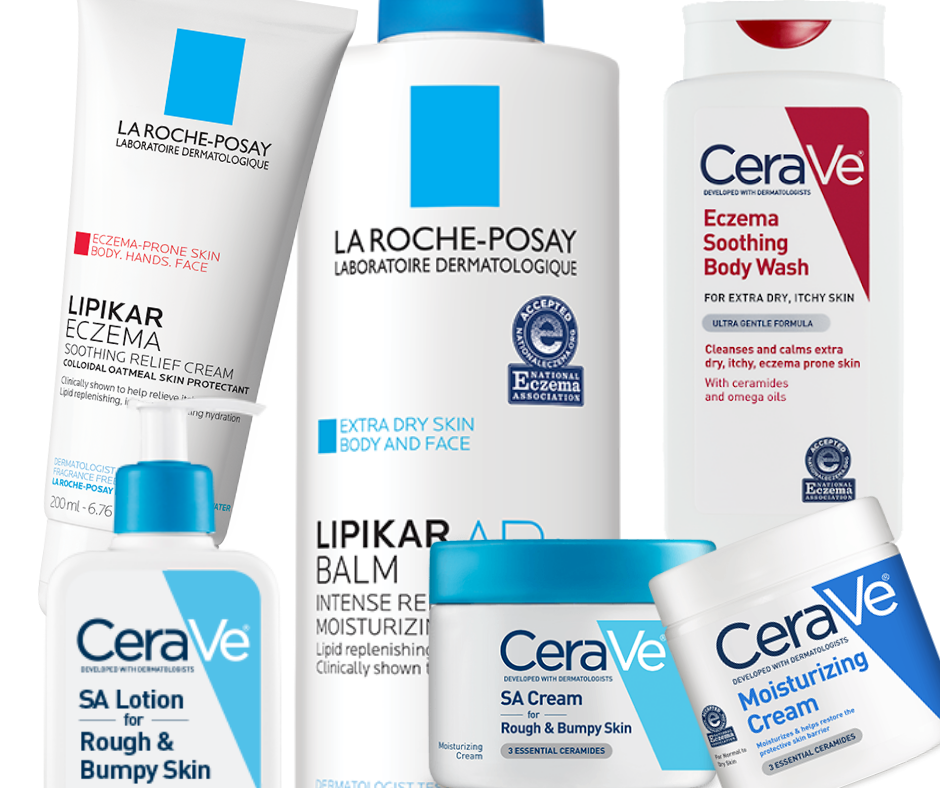SHOULD YOU WORRY ABOUT WARTS?
Janine Mendes-Franco
While we believe that worrying only robs the present moment of its joy, we also believe in being proactive—and warts are definitely not to be ignored. First off, they’re contagious, so you want curb any potential spread—both to other places on your body and to other people—right off the bat. We can generally confirm a wart diagnosis via a clinical examination.
Caused by the human papillomavirus (HPV) that can get under the surface of the skin through scrapes or cuts, these thick, deeply rooted bumps appear most commonly on the hands, forearms and elbows, but can just as easily show up on the feet, legs, knees and even the face and genital area. Warts are so transmittable that you don’t even need to interact with them directly for them to spread; simply touching an infected surface will often do the trick.
Who gets them?
We see a lot of kids with warts, simply because children are more prone to getting cuts, but people with low functioning immune systems, autoimmune or chronic skin conditions are also susceptible to the infection, as are nail biters and those with underlying health issues like diabetes.
Types
Warts are as diverse as the people who get them; here’s a quick look at the various kinds:
Common warts—These feel like rough, hard bumps, and manifest most often on the hands and feet.
Flat warts—Be wary of these, as they spread widely and easily.
Filiform warts—These also grow quickly, but rather than being dome-like, they quicker resemble a cluster of rice cereal.
Genital warts—Passed on through sexual contact, these can be difficult to spot and even harder to treat, with some variations having the capacity to cause cancer.
Plantar warts—These types of warts grow into the soles of the feet and can be excruciatingly painful.
Treatment
There are lots of different ways to tackle warts, some more effective than others. Here are your choices:
Cryotherapy—Nothing to cry about, this basically involves freezing the wart at a temperate of about -200°; it generally takes between one to two weeks for the wart to fall off and we always recommend robbing it of oxygen during that time by covering the blister with medicated wart bandages in the interim. Stubborn warts may require more than one treatment.
Laser treatments—This targeted combination of light and heat breaks down the blood vessels that give the wart life.
Over-the-counter medications—Topical solutions use salicylic acid to dissolve the wart, but results may take months.
If the warts are more complex or pre-cancerous, there are other more invasive treatments available. As always, we’re here to help and it’s really easy to schedule a visit. When it comes to warts, you can do without the worry!





